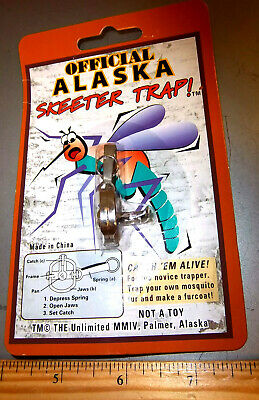-40%
10 ALASKA STATEHOOD STAMPS 25th Anniversary 1959-1984 Caribou Reindeer Pipeline
$ 2.6
- Description
- Size Guide
Description
[Effective August 20, 2020, requests to cancel an orderafter
payment incur a 30¢ non-refundable fee, per the new ebay managed payments.]
This Listing is for ONE NEW Block of 10
Alaska Statehood
20¢ Stamps from 1984.
Mint. MNH. No flaws. Original undisturbed gum. From a Smoke-Free and Pet-Free Environment.
On January 3, 1984 in Fairbanks, AK, the U.S. Postal Service issued these
Alaska Statehood
20¢ gummed stamps featuring a caribou and the Alaskan pipeline, with artwork by Bill Bond
.
This stamp commemorated several events in Alaskan history. It highlighted the 200th anniversary of the first permanent settlement in the state, the 100th anniversary of the first civil government and the 25th anniversary of Alaskan statehood.
Russian Settlement
Fur brought Russian hunters and traders to Alaska. On the Aleutian Islands, and later on the mainland, a lucrative fur trade was developed. Fur traders enslaved the Aleuts, forcing them to supply more furs. As a result, the populations of fur-bearing animals were decimated.
The first white settlement in Alaska was established on Kodiak Island, in 1784.
It was founded by Gregory Shelikof, who called it Russian America.
“Seward’s Folly” – America Purchases Alaska
When the fur trade became less profitable and Russia’s economy was damaged by the costly Crimean War, Russia decided to sell Alaska in 1867. U.S. Secretary of State William H. Seward agreed to buy Alaska for ,200,000 – a cost of about 2¢ per acre. Today, with the perspective of history, Seward’s purchase is seen as a stroke of genius. At the time, many Americans opposed the purchase. In fact, some called it Seward’s Folly, and referred to Alaska as Seward’s Icebox and Icebergia. However, not all Americans opposed the purchase, and Congress approved the treaty. On October 18, 1867, U.S. troops raised the American flag at Sitka.
Alaska had no independent government for the next 17 years. The territory was administered by the War Department, then the Treasury Department, and finally the Navy Department. No attention was given to local matters. Salmon first attracted U.S. companies to Alaska, and the first cannery was built in 1878.
Congress passed the first Organic Act in 1884, establishing Alaska as a distinct “civil and judicial district.”
Alaska was provided with a governor, a code of laws, and a federal court. However, Alaska’s laws were identical to Oregon’s, and did not fit Alaska’s conditions. Congress remained in control of lawmaking for Alaska.
The 49th State to Join the Union
Joseph Juneau and Richard T. Harris discovered gold in southeastern Alaska in 1880. The city of Juneau was founded in the subsequent gold rush. Gold was later discovered in the Klondike region of Canada’s Yukon region. Discoveries followed in Nome in 1898 and Fairbanks in 1902. Thousands flocked to Alaska to prospect and mine for gold. Between 1890 and 1900, Alaska’s population almost doubled, reaching 63,952 people.
In 1942, the Japanese bombed Dutch Harbor in the Aleutian Islands and occupied the islands of Kiska and Attu. These islands were the only parts of North America invaded during World War II. The actions brought greater recognition of Alaska’s economic and strategic importance. Thousands of workers were sent to Alaska to build and maintain military bases and installations. The Alaska Highway was completed in 1942 - its main use was as a military supply road. By 1943, U.S. forces had recovered Kiska and Attu, and over 150,000 U.S. troops were stationed in Alaska.
World War II changed perceptions about Alaska, and movements for statehood were initiated. Several bills were introduced between the mid-1940s and the late 1950s. In 1958, Congress finally voted to admit Alaska into the Union,
and on January 3, 1959,
President Dwight D. Eisenhower signed a proclamation admitting the territory of
Alaska
into the Union as the nation’s 49th, and largest, state
.
It was the first new U.S. state since 1912. In 1968, a giant oil field was discovered in Prudhoe Bay on the Arctic Coastal Plain. This field has North America’s largest oil reserves. The discovery created a gigantic source of revenue for the state. A pipeline was constructed between Prudhoe Bay and the port of Valdez to facilitate shipping oil.
Scott # 2066
Free Shipping in the U.S. by USPS First Class










